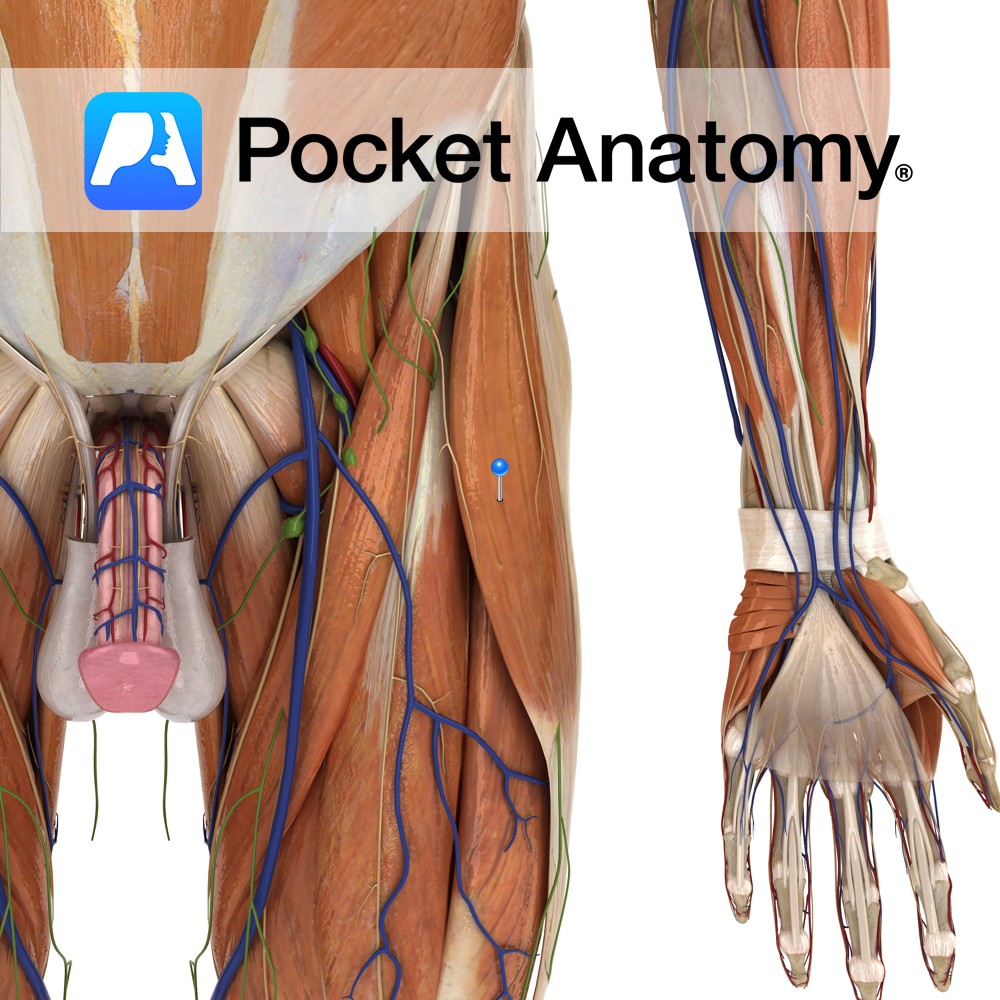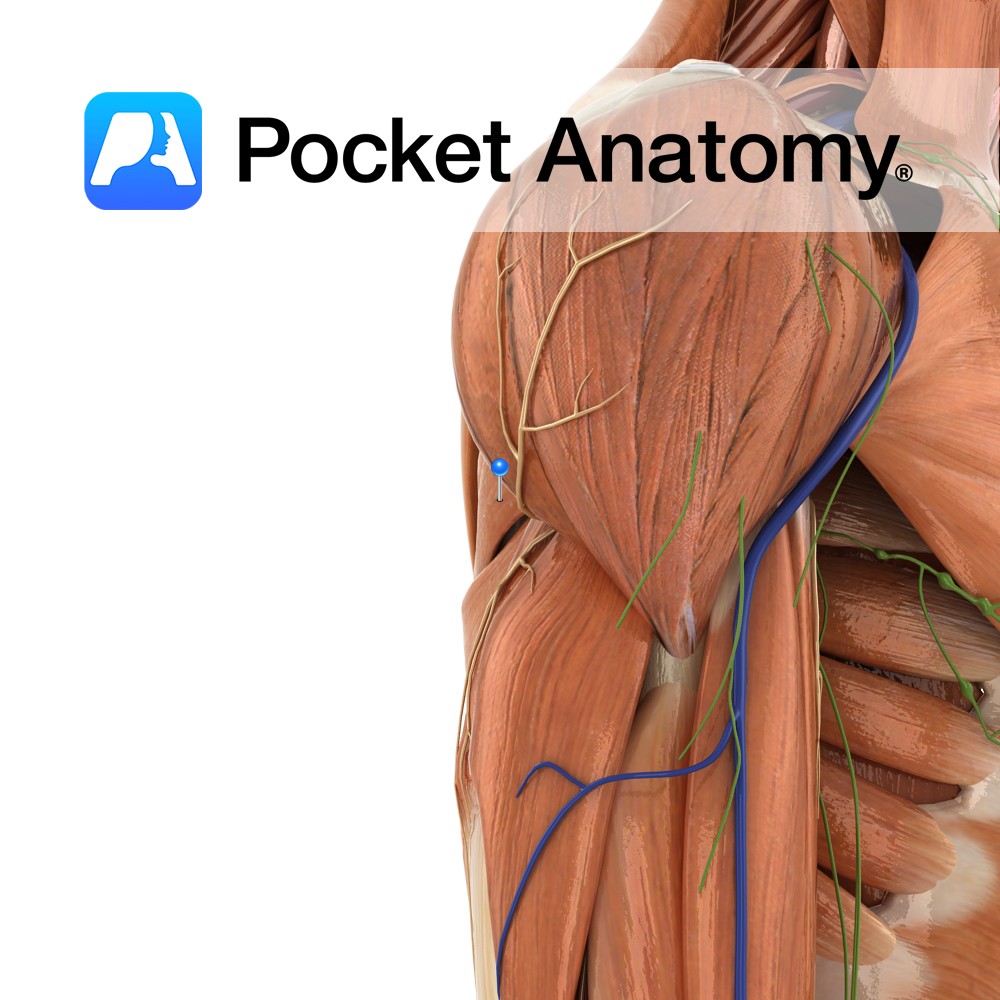PocketAnatomy® is a registered brand name owned by © eMedia Interactive Ltd, 2009-2022.
iPhone, iPad, iPad Pro and Mac are trademarks of Apple Inc., registered in the U.S. and other countries. App Store is a service mark of Apple Inc.
Anatomy Prominent ridge/crest on upper part of back of tibia; insertion of politeus from above; origins of soleus, flexor digitorum longus, tibialis posterior to below. Interested in taking our award-winning Pocket Anatomy app for a test drive?
- Published in Pocket Anatomy Pins
Anatomy The Thoracic Duct conveys lymph from 3/4 the body (all except the Right side of the head and neck, R upper limb and R side of chest), emptying into either the L Subclavian or L Brachiocephalic Vein. Extends from level L2 (where R and L Lumbar Trunks and Intestinal Trunk join to form the
- Published in Pocket Anatomy Pins
Anatomy Has a heart-shaped body, lateral surface (each side) of which has an articulating facet for the head of 1st rib and a demi-facet for the upper half of the head of 2nd rib. From either side of the back of the body, pedicles project posteriorly, joining laminae which themselves meet at the midline (from
- Published in Pocket Anatomy Pins
Anatomy Vertebrae T9 – T12 (lowermost thoracic) show progressive change from the mid-thoracic pattern of demi-facets on the body (whereby the heads of ribs straddle 2 vertebrae), to single facets on the pedicle. Also, the transverse process has no articular surface (and 12th rib has no tubercle). Clinical Articulates above with T11 (top of vertebral
- Published in Pocket Anatomy Pins
Anatomy Finishing school, turns Lymphocytes from Bone Marrow into immunocompetent T(hymus)-Lymphocytes and sends them out into the Lymphatic world (to various Lymph Nodes/Glands), enlarges from 12/40 fetus to puberty then shrinks. Situated behind upper part Breastbone (Manubrium Sterni), bi-lobed with junction at front trachea, lobes fat- and WBC-rich. Clinical Fundamental functions of Lymphatic System; tissue
- Published in Pocket Anatomy Pins
Anatomy Attaches from the inferior end of the epiglottis to the thyroid just below the thyroid notch. Functions Attaches the epiglottis to the thyroid. It also helps hold it in place. Interested in taking our award-winning Pocket Anatomy app for a test drive?
- Published in Pocket Anatomy Pins
Anatomy Origin: Oblique line on lamina of thyroid cartilage. Insertion: Body of hyoid bone. Key Relations: -Is one of the infrahyoid muscles (sometimes referred to as ‘strap muscles’) lying in the muscular triangle of the neck. -Lies deep to omohyoid and sternohyoid. Functions -Depresses the hyoid bone. -When hyoid is fixed, raises the larynx e.g.
- Published in Pocket Anatomy Pins
Anatomy This is the merging of the gastrocnemius and soleus tendons (sometimes plantaris tendon as well). It extends from the mid-calf to a smooth transverse area on the medial third of the posterior aspect of the calcaneus. Functions It is the distal tendon of the gastrocnemius and soleus muscles. Clinical Achilles tendinitis and ruptures of
- Published in Pocket Anatomy Pins
Anatomy Origin: Lateral aspect of anterior superior iliac spine, anterior external lip of the iliac crest and the deep surface of the fasciae latae. Insertion: Between two layers of the iliotibial band of the fascia latae ending around the mid thigh. Key Relations: -Most superficial of the anterior thigh muscles. -Lies anterior to gluteus minimus
- Published in Pocket Anatomy Pins
Anatomy Origin: Oval area on posterior surface of inferior angle of scapula. Insertion: Medial lip of intertubercular sulcus on anterior surface of humerus. Key Relations: The teres minor and teres major muscles form the axillary space, through which several important arteries and veins pass. Functions -Medial rotation of the arm at the glenohumeral joint. -Adduction
- Published in Pocket Anatomy Pins

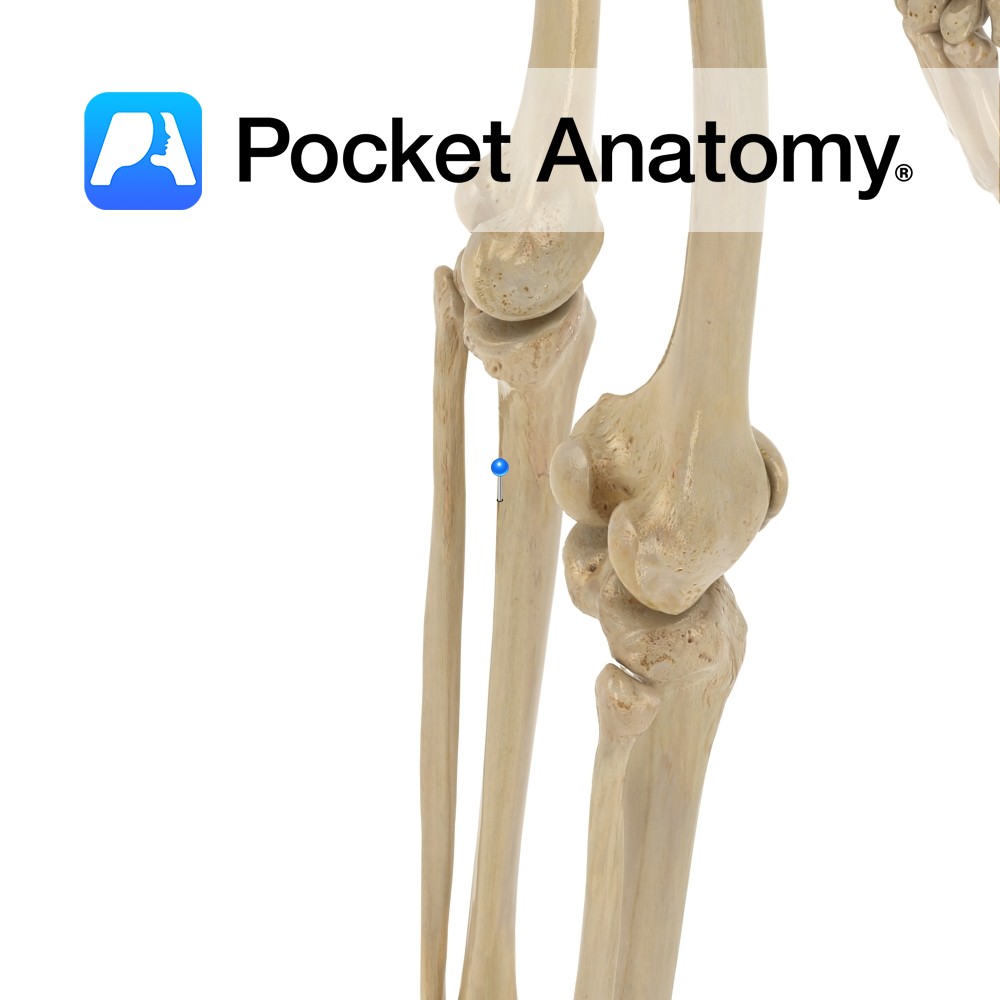
.jpg)
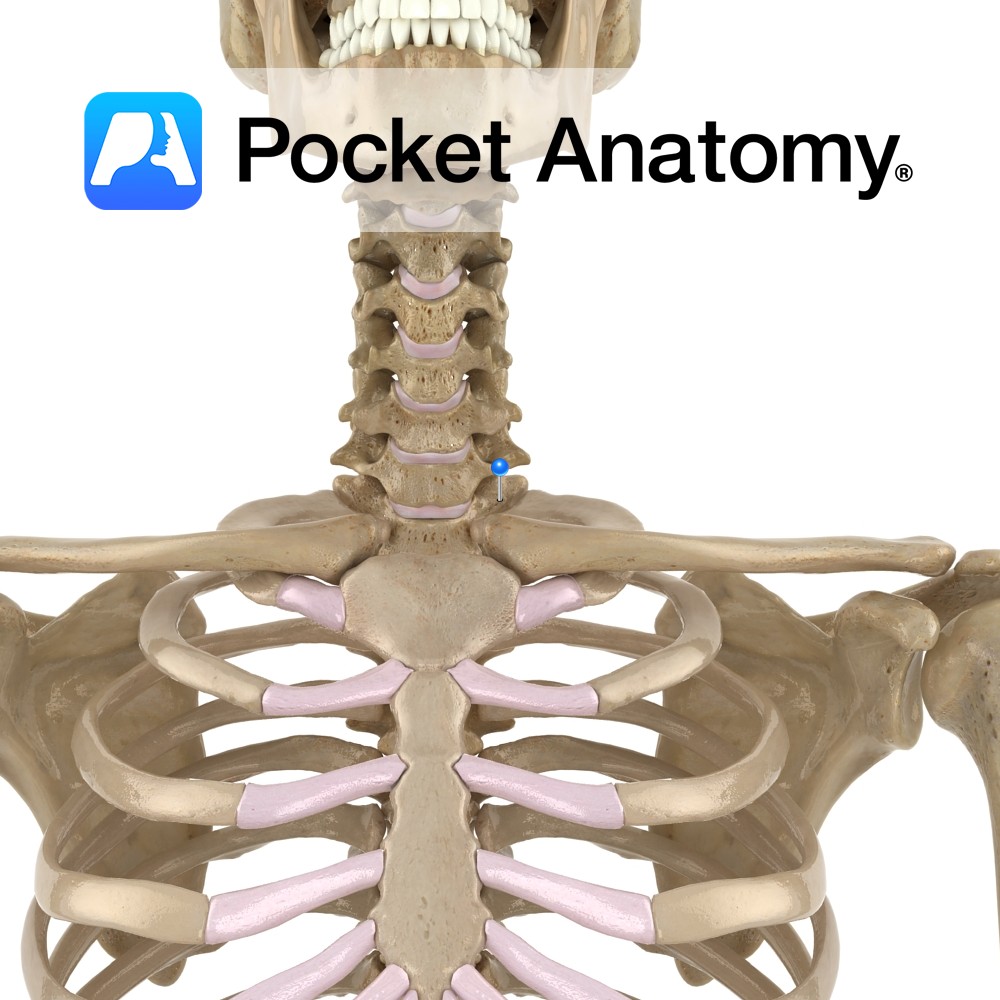
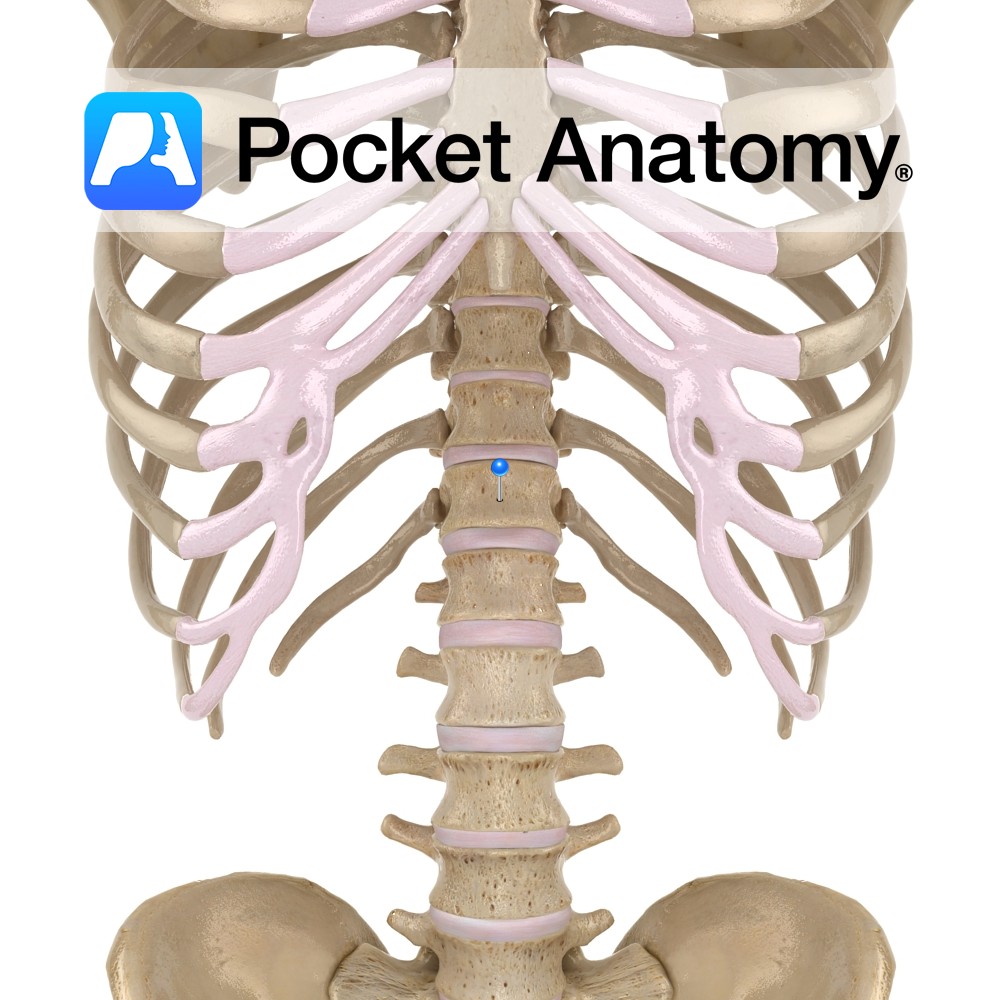
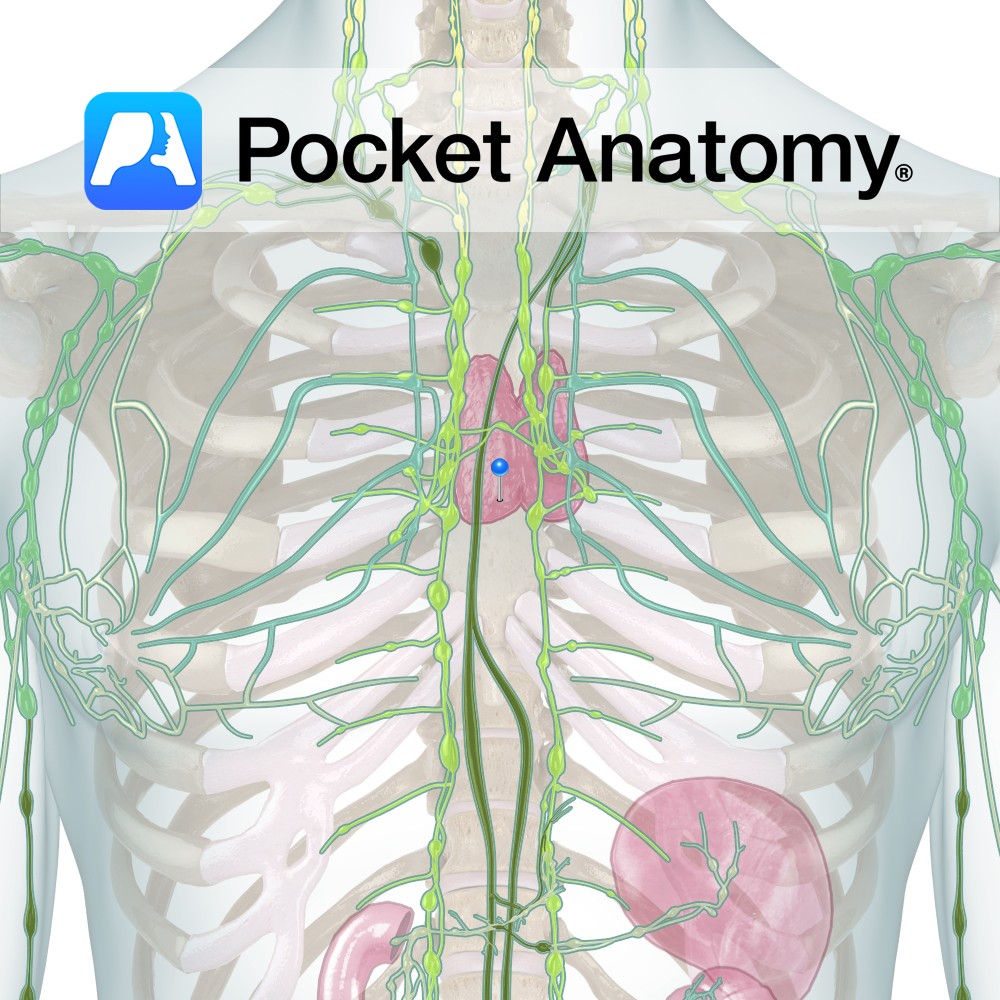
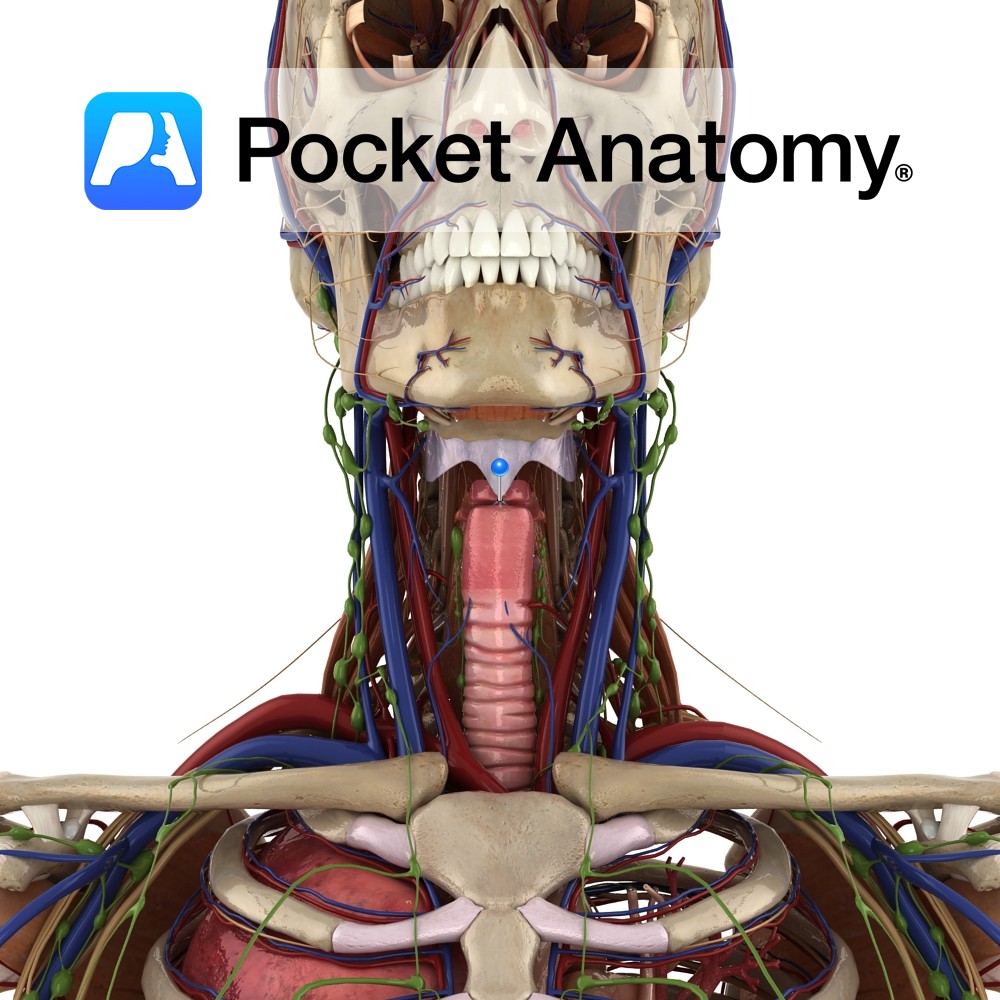
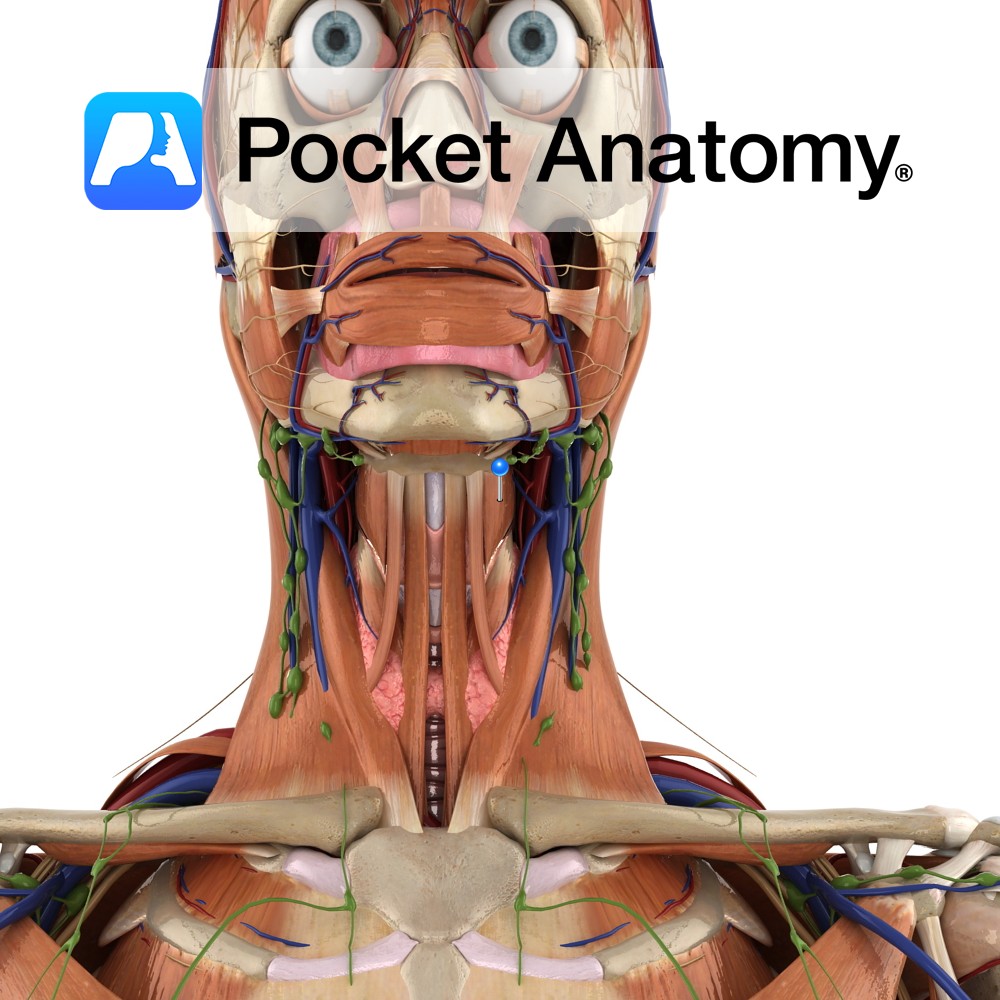
.jpg)
